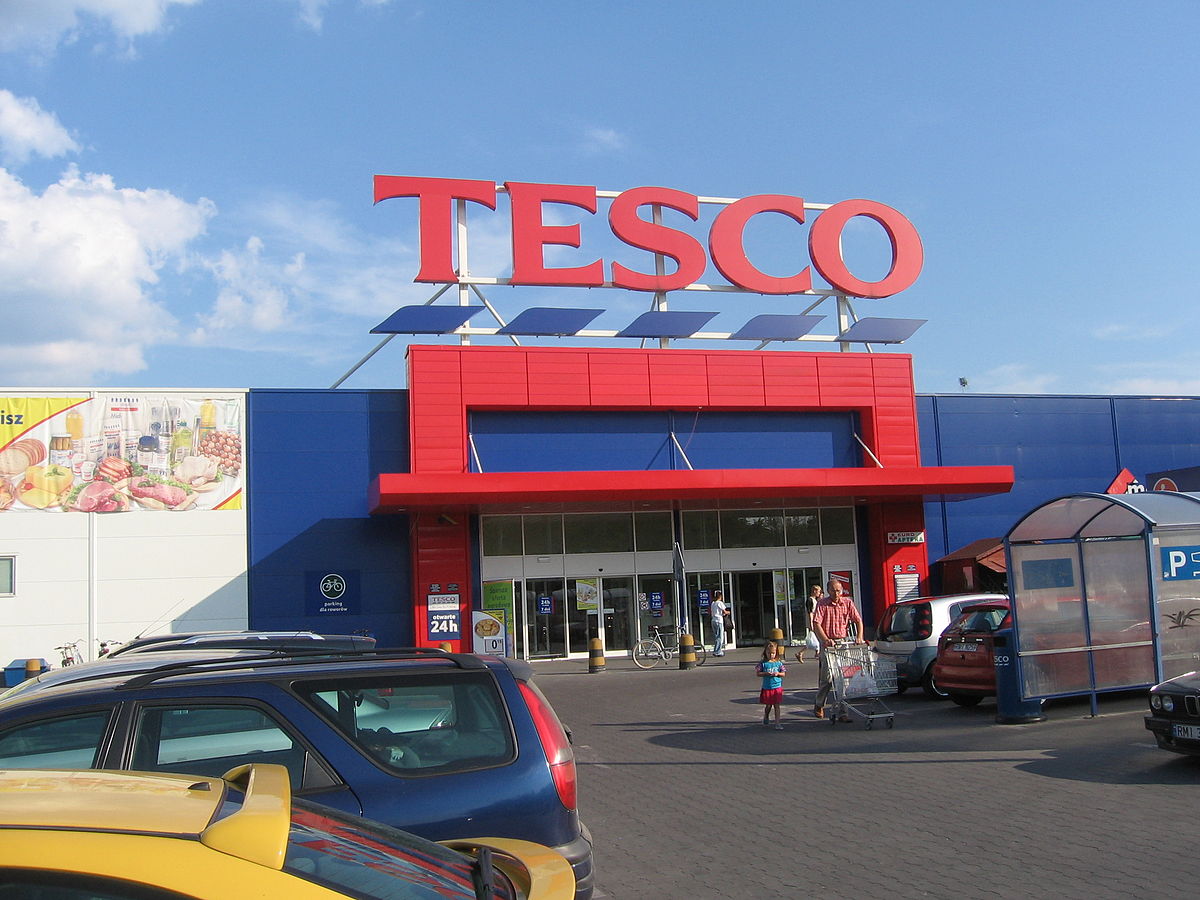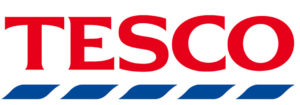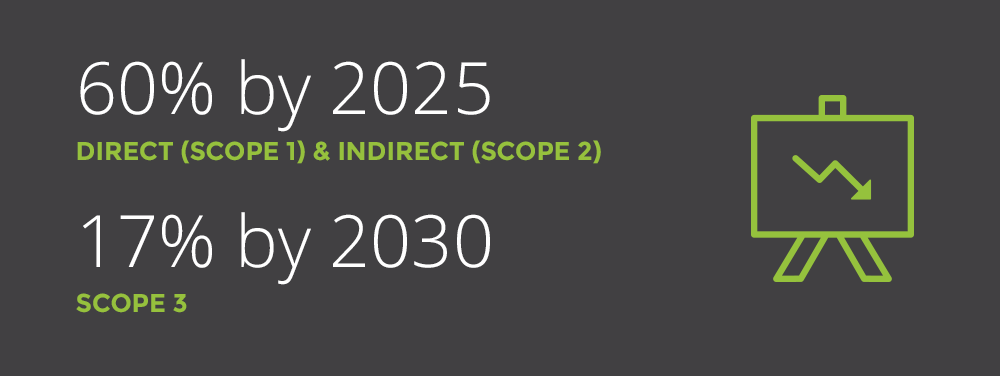Tesco: Science-based target case study
We Mean Business coalition and Science Based Targets initiative
Company summary
 Tesco is one of the world’s largest retailers, with more than 6,000 outlets across Europe and Asia serving millions of customers every week.
Tesco is one of the world’s largest retailers, with more than 6,000 outlets across Europe and Asia serving millions of customers every week.
The Targets
Tesco has committed to reduce direct (scope 1) and indirect (scope 2) greenhouse gas (GHG) emissions by 60% by 2025, using a 2015 base-year. Tesco also commits to reduce its scope 3 GHG emissions by 17% by 2030, using a 2015 base-year. The emissions categories covered by the scope 3 target are purchased goods and services (supply chain), fuel and energy related activities, upstream transportation and distribution, and waste generated in operations. Tesco’s science-based target was approved by the Science Based Targets initiative (SBTi) in June 2017.
As a member of RE100, brought to you by The Climate Group in partnership with CDP, Tesco is committed to sourcing 100% of its electricity from renewable sources by 2030 – to include over 50% from PPAs and on-site generation – and has an interim milestone to source 65% renewable electricity by 2020.
Tesco is also committed to remove commodity-driven deforestation from all supply chains by 2020, committed to responsible corporate engagement in climate policy and to report climate change information in mainstream reports as a fiduciary duty.
Why did you set science-based targets?
 Tesco has a long-standing ambition to become a net-zero carbon company by 2050. It has been over ten years since we set our first business-wide carbon reduction targets in 2006. Following the Paris Agreement, we conducted a review of our short- and medium-term plans to ensure that our efforts were aligned with what the science tells us is required to help keep global temperature rises below 2°C. This review showed that although our long-term, zero-carbon ambition (2050) is aligned with this global aim, we needed to set steeper absolute targets over the short- and medium-terms. These targets have informed our revised climate change strategy, comprising energy and refrigerant efficiency, renewables deployment and policy engagement.
Tesco has a long-standing ambition to become a net-zero carbon company by 2050. It has been over ten years since we set our first business-wide carbon reduction targets in 2006. Following the Paris Agreement, we conducted a review of our short- and medium-term plans to ensure that our efforts were aligned with what the science tells us is required to help keep global temperature rises below 2°C. This review showed that although our long-term, zero-carbon ambition (2050) is aligned with this global aim, we needed to set steeper absolute targets over the short- and medium-terms. These targets have informed our revised climate change strategy, comprising energy and refrigerant efficiency, renewables deployment and policy engagement.
What was the process of setting the targets?
In order to set our science-based targets we needed to answer three questions:
- What are credible climate change targets for Tesco?
- How can we realistically achieve these targets?
- What would it cost to implement the solutions?
To answer the questions we plotted the 1.5°C and 2°C warming trajectories and found that our long-term, zero-carbon ambition aligns with 1.5°C. We then modelled what it would take to realistically achieve this ambition. While our existing climate change strategy was already focused on efficiency improvements, 60% of our operational footprint comes from our electricity use so it was clear to us that we would need to switch to renewable electricity. We created a costed renewable electricity roadmap which, along with our efficiency projects, gave senior leadership confidence that the new interim targets were achievable.
In terms of scope 3 emissions, we conducted a full supply-chain footprint survey of our product portfolio to identify the hotspots that should be targeted for GHG emission reductions. Through this process we learned that we needed to set different targets for agricultural emissions and emissions from food manufacturing. This reflects the contribution of these life cycle stages to our overall supply-chain footprint and provides the best route to working with our suppliers to keep the global temperature rise below 2°C.
What are your achievements so far?
- Efficiency improvements: Since 2006 we have invested over £700 million in energy and refrigeration efficiency improvements. This has reduced emissions from our stores and distribution centres by 41% per square foot and delivered absolute reductions against our 2006 baseline despite significant floor area growth. We will continue to invest in efficiency improvements to meet our targets.
- Renewables: We have switched to 100% renewable electricity in the UK and the Republic of Ireland. In Asia, we invested £8 million in onsite generation in 2016, with a plan to expand renewable onsite generation further. We have successfully developed a cost-neutral renewable electricity plan to 2030 for the whole company. This includes a commitment to ensuring that the majority of our renewable electricity comes from renewable onsite generation and PPAs (i.e. less than 50% from certificates).
What are the benefits of having the target?
- Climate change mitigation: The science-based target illustrates our commitment to the Paris Climate Agreement and quantifies Tesco’s rightful contribution to achieve the goals set out under it.
- Motivation: Our target has also been a source of motivation and pride for colleagues.
- Supply chain engagement: Our targets act as an example and offer us the opportunity to cooperate with our suppliers to address climate change impacts and risks.
- Reputation: The targets demonstrate our seriousness in tackling climate change, both to our investors and our other stakeholders. It is also part of meeting our business purpose to serve our shoppers and our communities.
Did you encounter any challenges?
We successfully addressed a number of potential obstacles to ensure our science-based targets were approved.
- Awareness and education: Outside of the sustainability and climate change team, the idea of science-based targets was new and we needed to raise awareness of the concept before securing buy-in from others in the business.
- Coordination: As a food retailer, our science-based targets touch on various functions from property to procurement. This required active engagement and coordination across many internal teams to ensure their support and input.
- Agricultural emissions: Emissions from agriculture represents around 70% of our supply chain emissions, while the world is also expected to produce more food to feed our growing world population. We incorporated these projections into our model to set a separate reduction target for agricultural emissions from other scope 3 contributors to recognise its unique challenge.
- Implementation strategy: In order to secure executive approval for our science-based targets we developed a costed strategy with the Energy, Property, and Treasury functions of our business, demonstrating that the targets could be realistically delivered in the timescales proposed.
What is the wider impact of companies making such commitments?
Science-based targets have helped us, for the first time, to align our efforts to act on climate change with those of the global community. This alignment signals the direction of travel in the fight against climate change to all of our stakeholders – including our investors, suppliers and customers. With more and more businesses setting science-based targets we also have the opportunity to encourage policymakers to raise their national ambitions, which will be vitally important as they look to increase the levels of their Nationally Determined Contributions (NDCs) every five years.


